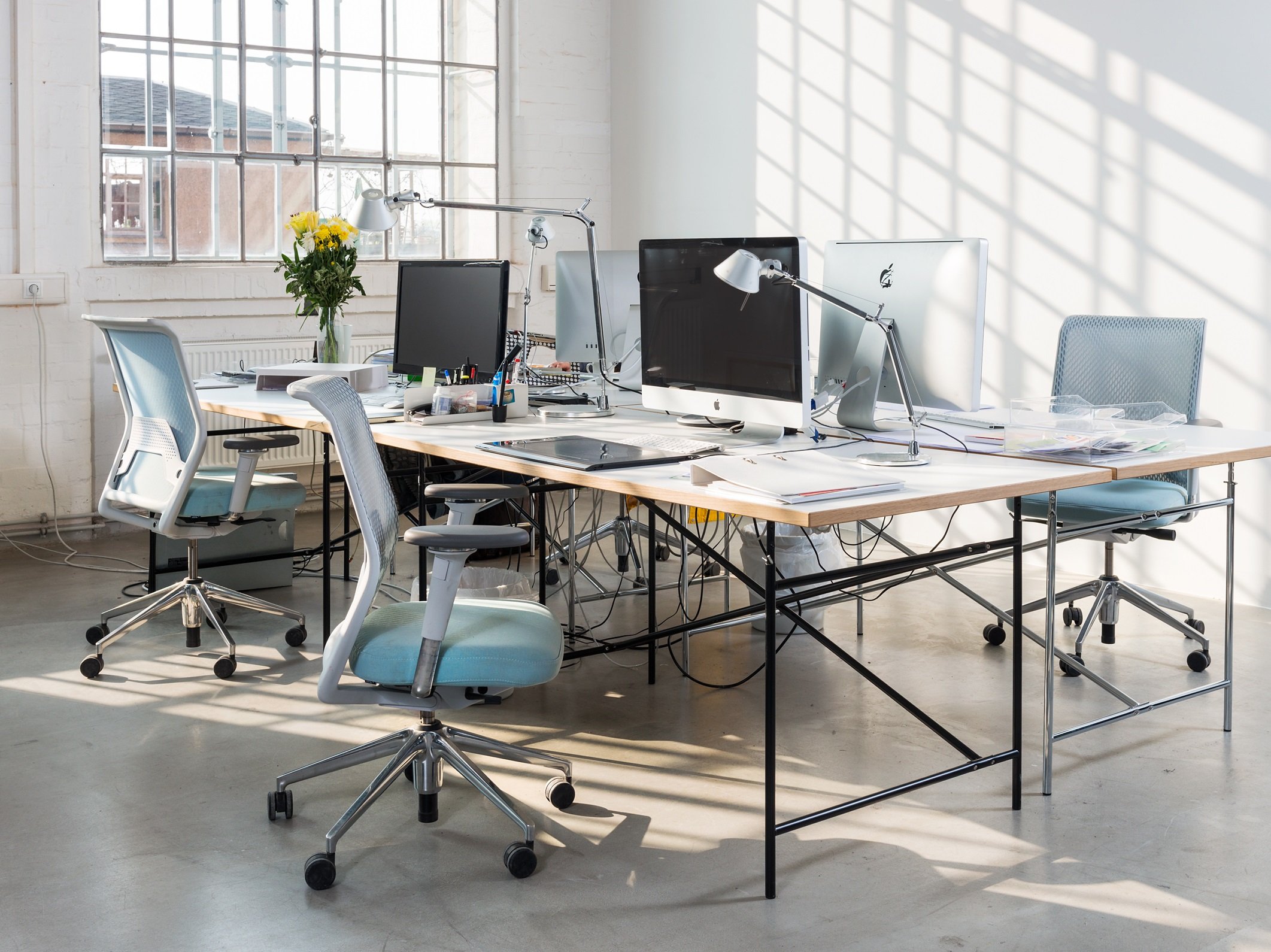


High quality comfortable, conference chairs are essential for meetings and conferences in hotels, offices or congress centres; not least because those who sit for a long time will remain more alert and productive in a comfortable chair that supports good posture and relieves the back, than in an inferior chair. In addition furniture choices have a representative element, high-quality designer seating sending a universally positive message. Dynamic sitting is also an important issue when choosing the optimal chairs for events. Modern cantilever chairs are designed so that the backrest and seat adapt to the movements of the seated person, something highly advantageous from an ergonomic point of view, the back being relieved making sitting for longer more pleasant. Breathable mesh backrests are also a sensible consideration, promoting as they do air circulation and thus allowing for a pleasant climate, especially in very warm rooms and at long events. Conference chairs with adjustable backrests are also highly relevant; allowing as they do every participant to personally adjust their chair. Armrests can also be useful, for example at small conferences where the participants are gathered around a table. Whereby it is important to ensure that the armrests are not too high for the table. Conversely, armrests are rather impractical for lectures or large events where many chairs have to stand side by side and can restrict the already restricted freedom of movement of participants.


As a rule, seating is often used for events and frequently set up and taken down again. Accordingly, the chairs should be robust and at the same time have the lowest possible weight - for example on account of a particularly high aluminium content. The possibilities in terms of design and material are diverse. Conference chairs should not only be ergonomically sensible, but also fit the purpose of an event and the appearance of a room. In addition to the event chairs themselves, the choice of seating arrangement is of great importance. The size of the room and the number of participants must always be carefully considered. In addition, you should think about where the stage or screens and projectors are, whether all participants have a good view, whether the sound system is designed for all seats, whether tables are required or whether there is a translation booth in the room.





Institutions with spacious halls for conferences or lectures with a large audience usually use row seating. Conference chairs of identical construction are suitable for this purpose, ideally those that can be hooked into one another and stacked. Although such as often classic four-legged chairs, there are now also cantilever chairs that can be stacked. Fixed row seating ensures order in the room and prevents participants from disrupting the seating, for example while walking through the rows or looking for a free seat. Stackable conference chairs are advantageous if they are to be stored when not required, or if you want to convert and/or create space during the event. Folding conference chairs are also an alternative.



In terms of seating arrangement, there are various possibilities. Depending on the event type, hall and number of participants, different seating arrangements make sense. Theater seating is one of the most common forms: rows of off-set chairs are arranged in one direction without the provision of tables. This version is often used for information events or product presentations. So-called parliamentary seating is similar to the row seating, but with tables, an arrangement which is particularly useful for meetings and conferences. The U-shape is particularly popular in meetings and discussion groups with a relatively large number of participants. Here, tables are arranged in a U-shape and then, depending on requirements, seating on one or both sides.


When hosting seating events not only the comfort of the participants and the purpose of the event have to be considered, but also a number of legal regulations. In Germany event organisers must, according to § 120 VStättVO, and in consultation with the responsible caretaker of the place of assembly, adhere to the seating plans approved by the local building authorities. In addition:
Also interesting: New workplace regulations explained simply

